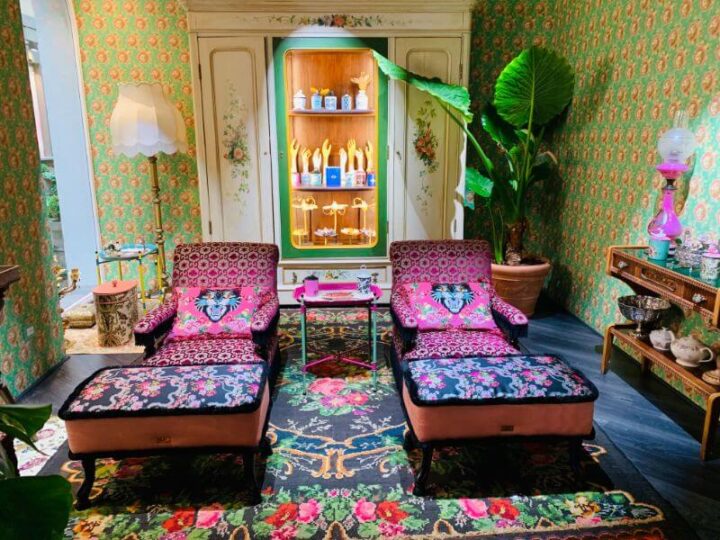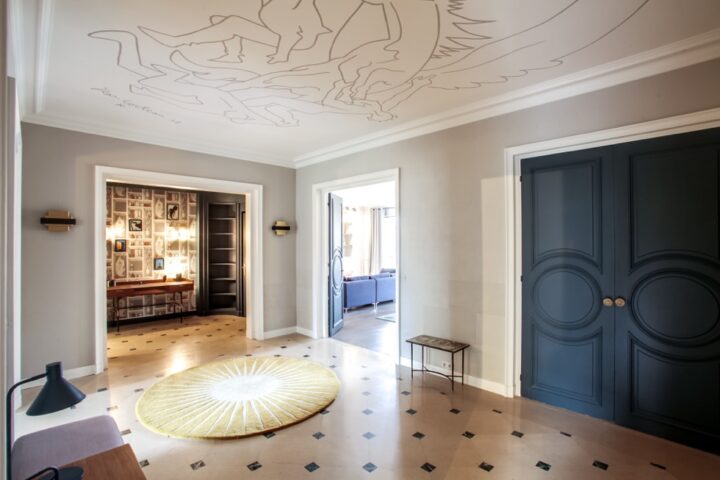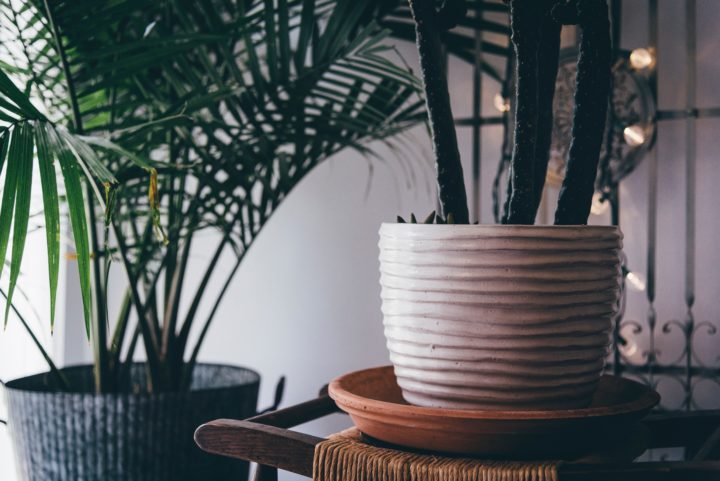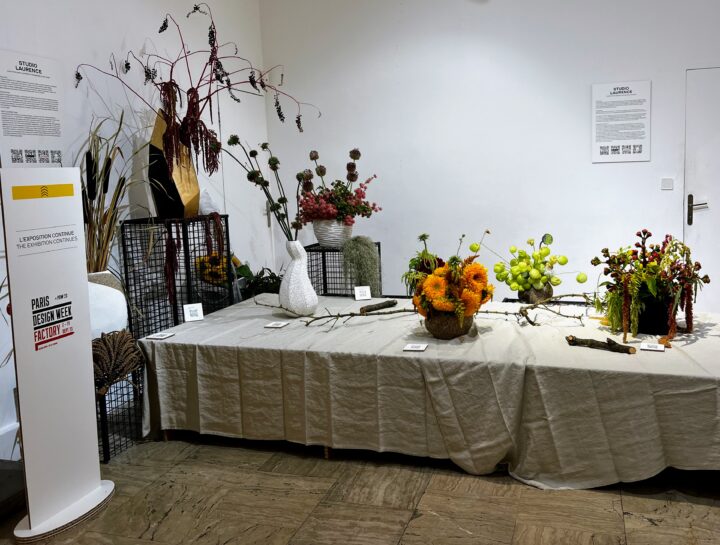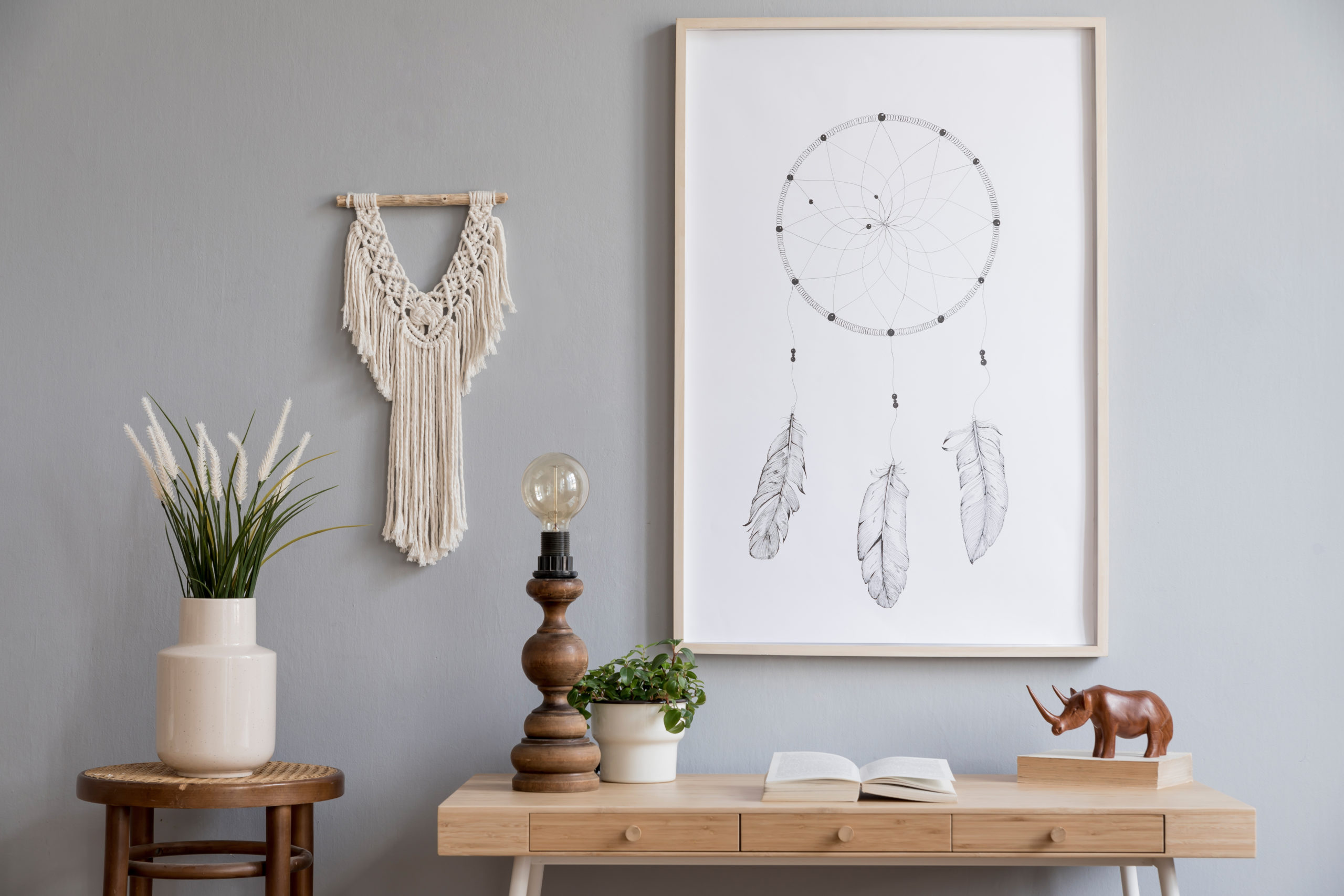
The design of your spaces, particularly your home, has a profound impact on your state of mind and can invoke a general sense of well-being of its occupants.
How, you may ask, does this relationship work?
In the East, the relationship between interior design and a sense of well-being has been studied for several thousand years through disciplines like Feng Shui and Vatsu. However, in the West, researchers are only just catching up, studying this relationship over the last 15 years. According to a study presented at The Design and Emotion Conference in 2006 at the Chalmers University, Gothenburg, Sweden, Sociologists and neurologists have confirmed that the relationship between wellness and your surroundings is very strong.
As the pressure associated with our modern lives has increased, there has never been a greater need for the spaces we inhabit, our interiors, our home, to be a sanctuary that reduces stress and anxiety.
Here are 5 ways that interior design can enhance well-being and lead to a more balanced state of mental, emotional, and spiritual health.
A space should respond to your functional needs. The interior of your home or commercial space should have a definitive flow. It should allow people to do what they need to while expending minimal energy and effort. Decluttering and minimalism are key because clutter adds complexity and gets in the way. Design for flow also gives the occupant control over every piece of their environment like temperature, music volume, and storage space.
A space should facilitate human interaction. Human connection is a basic requirement for happiness. Frankly, it is a tremendous need for most families in this day and age, where we tend to be consumed by new technology and remain stuck in social media channels. An open plan design allows flexible shifting between privacy and intimacy giving the occupant and guests broader social contact. This is particularly relevant for communal spaces in the home like the kitchen, eating, and living areas. Human connection can also be facilitated through photos or objects that encourage feelings of rootedness, personal identity, or social links.
A space that encourages a connection to nature is a source of harmony and well-being. We are intrinsically happier and have a greater sense of calm when we are surrounded by elements of nature. One of the most important ways to achieve this is through the use of natural light. Lots of natural light can fundamentally change the feeling of an environment. The use of artificial lighting to mimic natural lights can also be an important technique. Other ways to evoke a connection to nature can be through the use of plants, including low-maintenance varieties like succulents and air plants.
Color should be intentionally chosen to evoke particular feelings. There is no secret that color has a direct impact on our state of mind and mood. Vibrant shades like yellow, orange and green encourage socialization and communication, while dark hues like purple, deep blue, red, and darker shades of green reflect more of an introspective feel, and when applied in appropriate places can evoke a sense of comfort. Warmer shades of yellow and orange inspire relaxation and boost creativity. On the other side of the thermostat are icy blue and green, which evoke a sense of serenity.
Objects we keep should positively contribute to our lives. Some elements of our interiors have intrinsic value. They can create a positive emotional response in and of themselves. A good example is an item such as an Alessi kitchen item, a sleek Japanese vase, or even an Apple iPhone. They are well designed and make us feel good. Choice of furniture, lights, or ornamental items can achieve this, as well as choice of art.
Obviously, the way each of these 5 factors combine to create an environment that really does make us feel better depends of the specific objectives for each room. But paying attention to functionality, encouraging human interaction and resonance with nature, the use of color and items with intrinsic enjoyment value, when combined, can have a dramatic impact on the sense of well-being of your family.
Laurence Carr Design focuses intentionally on the relationship between well-being and interior design. We can improve wellbeing and reduce sources of stress and anxiety whether through customized service packages.
